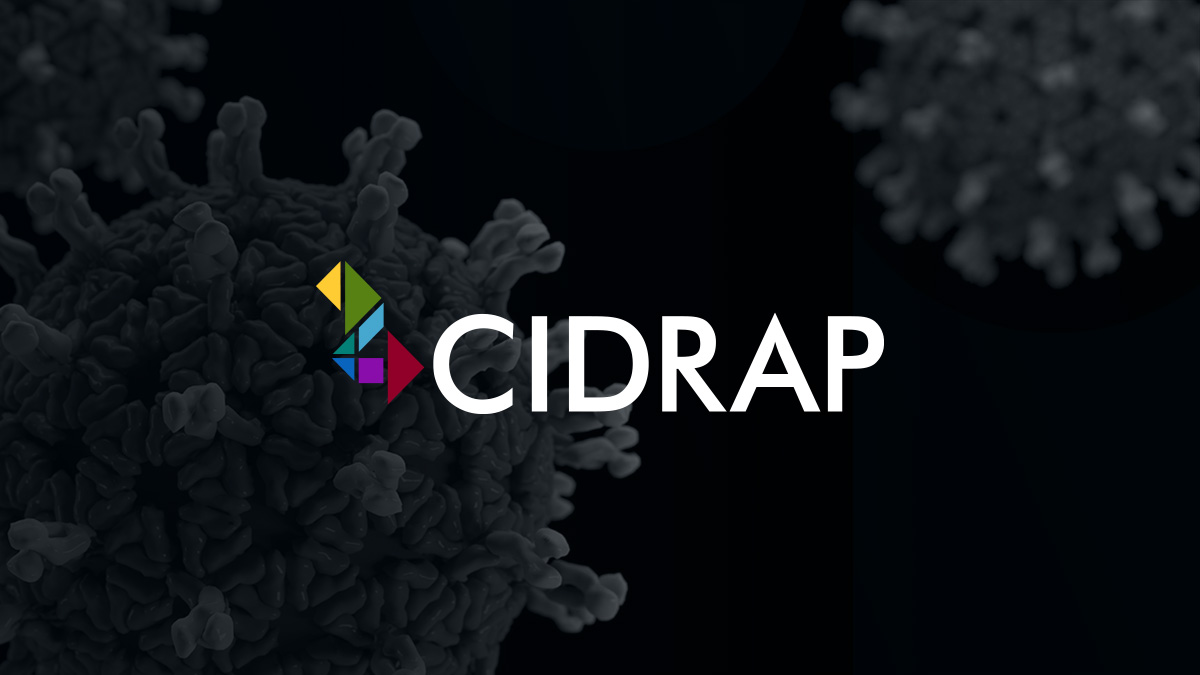- US documents dozens of new avian flu cases in wild birds as PAHO notes human case CIDRAP
- Three large turkey farms in Minnesota hit with H5N1 avian flu CIDRAP
- HPAI: Looking back and taking measures Hoard’s Dairyman
- Epidemiological Update Avian…
US documents dozens of new avian flu cases in wild birds as PAHO notes human case – CIDRAP
